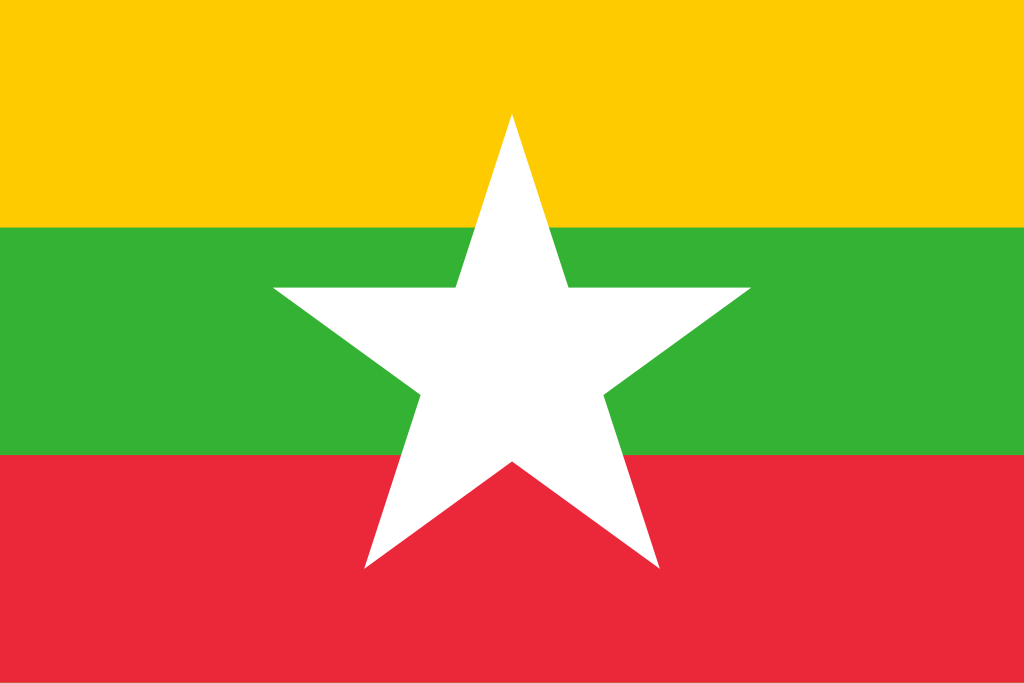The Future of AI Subtitling in a Globalized Entertainment Landscape
In today’s world, where we are more connected than ever, entertainment knows no borders. Streaming services, social media, and the internet help movies, shows, and videos from different cultures reach global audiences. However, language barriers still exist, which can limit a person’s understanding and enjoyment of international content. Adding subtitles plays a crucial role in addressing this issue. Subtitles help bridge this gap by translating dialogue into the viewer’s language, allowing them to follow along easily. But as content volume increases and audiences grow more diverse, traditional subtitling methods struggle to keep up. AI-powered subtitling transforms how creators produce and deliver subtitles, making content more accessible to audiences worldwide. AI-powered subtitling creates subtitles quickly and accurately, enhancing the viewing experience for those with language or hearing difficulties. Let’s explore AI subtitling’s current state, its role in the entertainment industry, and its future possibilities. Introduction to AI-Powered Subtitling In an era of global digital content consumption, people prioritize understanding and enjoying videos across different languages and cultures more than ever. AI-powered subtitling leads this transformation by leveraging advanced technology to break down language barriers and make content accessible to a wider audience. AI-powered solutions automatically generate subtitles, revolutionizing the way people experience entertainment and ensuring that language differences do not exclude anyone. What is AI-Powered Subtitling? AI-powered subtitling is a groundbreaking technology that uses artificial intelligence to automatically generate subtitles for videos. Unlike traditional methods that require manual transcription and translation, AI-powered subtitling streamlines the process, saving time and effort for content creators. This innovative approach not only enhances accessibility but also makes videos more engaging and inclusive for viewers around the world. By harnessing the power of AI, content creators can generate subtitles quickly and accurately, ensuring that their content reaches a broader audience. The Rise of AI in Subtitling People once treated subtitling as a time-consuming, manual process. Human translators would listen to audio, translate it, and type it out line by line, matching it with the spoken words in a way that synchronized with the video. This method takes a lot of time, effort, and resources. However, with the development of artificial intelligence, many of these tasks can now be automated. AI-powered subtitling uses machine learning and natural language processing (NLP) to create subtitles, cutting down on the time and cost needed to make content accessible. Today, AI can handle much of the translation and timing work, providing subtitles in many different languages almost instantly. AI can also auto generate subtitles, enabling platforms to create subtitles quickly and accurately in over 100 languages, offering customization options and ease of use. With deep learning models, AI can improve over time, learning nuances of languages and slang, which is especially important for accurately translating regional dialects or cultural references. How AI Subtitle Generator Works 1. Speech Recognition: AI listens to the audio and uses automatic speech recognition (ASR) to convert spoken words into text. This step is the basis for creating subtitles and is one of the most challenging parts, as the AI must understand different accents, speaking speeds, and background noise.2. AI Subtitle Generator: An AI subtitle generator automatically produces accurate subtitles in over 100 languages, aiding content creators in reaching a global audience. Machine translation models translate the generated text into other languages. Many popular AI-powered platforms, constantly improve neural networks to provide more accurate and natural translations.3. Timing and Synchronization: Subtitles must appear on screen at the right time to match the spoken dialogue. AI algorithms can detect the start and stop points of each sentence and ensure the subtitles are in sync with the audio.4. Review and Quality Control: Although AI has made great strides, human translators are often needed to check for accuracy and cultural context, especially with languages that have complex grammar or unique phrases. Auto Subtitle Generator Technology At the heart of AI-powered subtitling is auto subtitle generator technology. This sophisticated technology employs machine learning algorithms to analyze audio and video files, transcribe spoken words, and generate accurate subtitles. The process involves several key steps: Speech Recognition: The AI listens to the audio and uses automatic speech recognition (ASR) to convert spoken words into text. Transcription: The system processes the transcribed text to ensure accuracy and coherence. Subtitle Generation: Finally, the AI generates subtitles that are synchronized with the video, providing a seamless viewing experience. With minimal human intervention, auto subtitle generators can produce high-quality subtitles quickly and efficiently, making them an invaluable tool for content creators looking to reach a global audience. Features and Capabilities of AI Subtitle Generators Generate Subtitles with Ease AI subtitle generators come equipped with a range of features and capabilities designed to simplify the subtitling process. Here are some of the key features that make these tools indispensable for content creators: Automatic Speech Recognition: AI subtitle generators can recognize spoken words and transcribe them into text with remarkable accuracy, even in the presence of different accents and background noise. Multi-Language Support: Many AI subtitle generators support multiple languages, allowing users to generate subtitles in various languages and cater to a diverse audience. Customization Options: Users can customize the appearance of subtitles, including font, size, color, and style, to match the video’s aesthetic and enhance readability. Translation Capabilities: Some AI subtitle generators offer translation features, enabling users to translate subtitles into different languages, thus broadening the content’s reach. Integration with Video Editing Tools: AI subtitle generators can be seamlessly integrated with video editing tools, making it easy to add subtitles to videos during the editing process. Overall, AI subtitle generators provide a comprehensive solution for creating subtitles, saving time and effort for content creators while ensuring that their videos are accessible and engaging for viewers worldwide. Benefits of Accurate Subtitles with AI AI-powered subtitling brings several benefits to the entertainment industry, content creators, and audiences: 1. Speed and Efficiency: With AI, subtitles can be generated almost instantly. Live events like news broadcasts, sports events, and concerts particularly benefit from creating subtitles in real-time.2. Cost Savings: Traditional subtitling
The Future of AI Subtitling in a Globalized Entertainment Landscape Read More »









